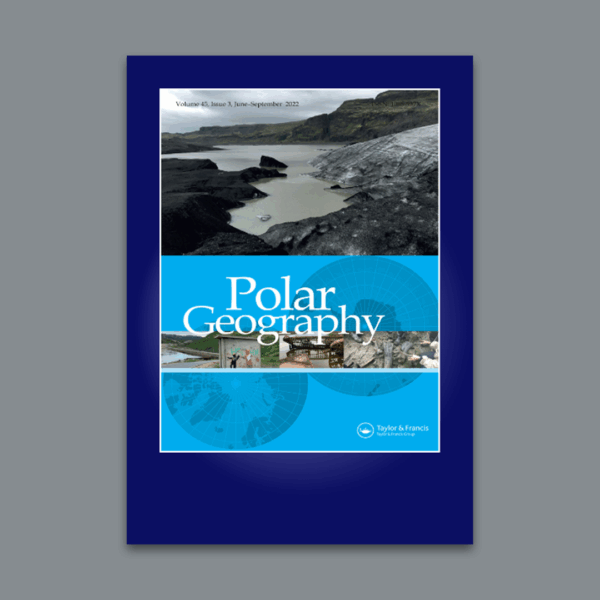Jun 2025: Article by Jolynna Sinanan, Ria-Maria Adams & Philipp Budka in “Visual Anthropology”

The peer-reviewed academic journal Visual Anthropology has just published the article “Framing Multipolar Tourism: Imaginaries, Visualities and Futures,” written jointly by Jolynna Sinanan (University of Manchester) and InfraNorth researchers Ria-Maria Adams and Philipp Budka.
The article examines multipolar iconography and how imaginaries of remote, climate-vulnerable places have materialized through improved transport, enhanced accommodation facilities, and increased human labor facilitating tourism. These imaginaries are perpetuated through technologies of visual culture, most commonly through images taken on smartphones and circulated over social media platforms. The authors argue that a closer investigation and comparison of three distinct places not only illuminates the relationship between imaginaries and visualities as expressed through visual tourism practices but also demonstrates how these practices and destinations are shaped by specific expectations conveyed through social media.
The desire to preserve memories of imagined—and then witnessed—scenes, coupled with the rapidly increasing impacts of climate change, drives individuals to visually document the present: capturing images of snow-covered glaciers and landscapes, natural phenomena such as the northern lights, winter and mountain icescapes, and endangered species such as polar bears. By examining visual practices within the contexts that produced them, the authors uncover how place-based imaginaries have informed planning, development, and collaborations.
These imaginaries, embedded in visions of a “past future” have materialized through the emergence of infrastructures and continue to play out in contemporary tourism practices. Ethnographic fieldwork that focuses on processes of technologization and infrastructural development can reveal the consequences of planning, and includes the potential for co-envisioning socially transformative possibilities by actively engaging the people the authors work with.
The article is open-access and can be read online here.



